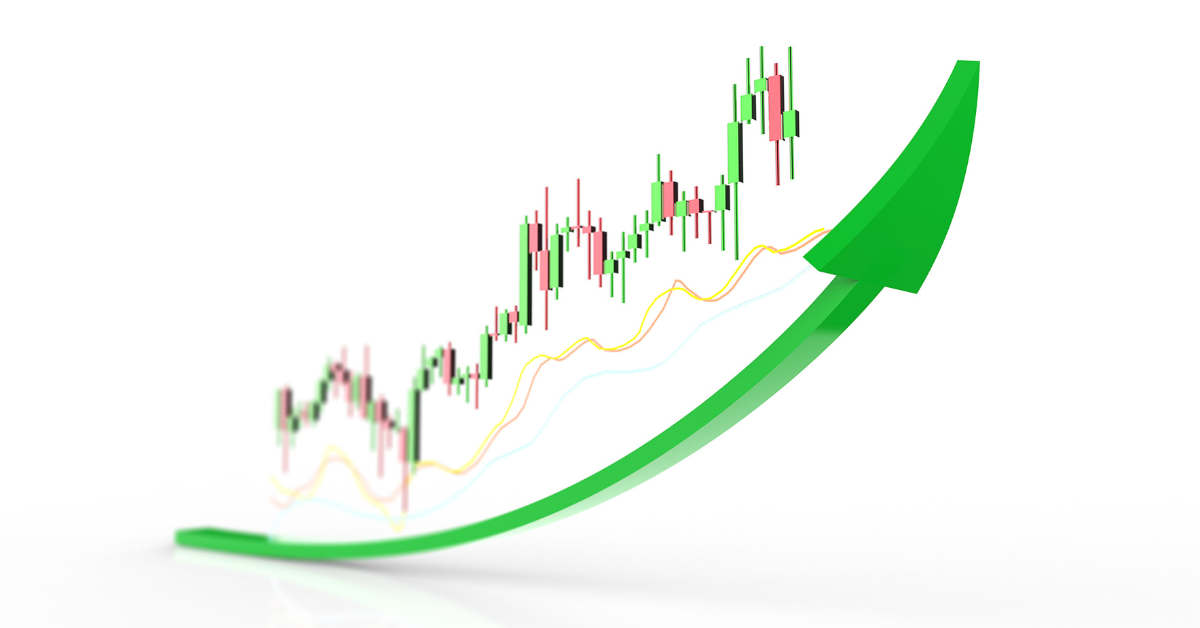On August 12, 2025, the Nikkei Stock Average reached 42,718 yen, marking its highest level in history after more than a year. This surge was driven by strong corporate earnings, a weak yen boosting exports, and renewed inflows of foreign capital. The event underscores Japan’s resurgence as a key player in global financial markets.
What Is the Nikkei Stock Average?
The Nikkei Stock Average is Japan’s most representative stock index, calculated from the stock prices of 225 major companies listed on the Tokyo Stock Exchange. The components span various industries such as manufacturing, finance, real estate, and services, reflecting the state of the economy across sectors. It is a crucial benchmark for both domestic and foreign investors, closely tied to currency fluctuations and international economic conditions.
Basic Information on the Nikkei Stock Average
| Item | Details |
|---|---|
| Target Stocks | 225 major stocks on the TSE Prime Market |
| Calculation Method | Price-weighted stock average index |
| First Calculated | 1950 |
| Significance | Indicator of Japan’s economic trends |
This index acts as a mirror reflecting Japan’s economic strength, and its movements have a major influence on investor sentiment both domestically and abroad.
Background to the Record High
Multiple factors converged to push the Nikkei to its highest level ever. Improved corporate earnings, yen depreciation, and inflows of foreign investment funds worked in tandem. Government economic policies also provided tailwinds, lifting the overall investment sentiment in the market.
Key Drivers of the Stock Price Surge
| Factor | Specific Details |
|---|---|
| Strong Corporate Earnings | Export-oriented sectors like semiconductors, machinery, and autos posted revenue and profit growth |
| Yen Depreciation | Boosted profitability of export companies |
| Foreign Capital Inflows | Shifts in US and European interest rate policies drove funds toward Japanese equities |
| Policy Support | Government stimulus measures and investment promotion policies |
Additionally, stable resource prices and diversified raw material procurement stabilized corporate operations, further supporting investor confidence.
Significance from a Global Perspective
This record high signals that Japan’s market presence is being re-evaluated in the global financial arena. Amid concerns over US-China trade tensions and an economic slowdown in Europe, Japan has emerged as a relatively stable investment destination.
International Appeal of the Japanese Market
| Perspective | Description |
|---|---|
| Political Stability | Long-term governance and predictable policies |
| Technological Strength | Sustained competitiveness in high-tech industries |
| Economic Foundation | Balanced mix of exports and domestic demand |
| Investment Environment | Highly transparent market system |
Such conditions make Japan particularly attractive for long-term-oriented foreign investors.
Impact on Investors and Key Focus Areas
For foreign investors, this record high is more than just a numerical milestone—it confirms Japan’s ability to combine growth potential with stability.
Sectors Attracting Foreign Investor Interest
| Sector | Reason |
|---|---|
| Semiconductor-Related | Ability to meet growing global demand |
| Renewable Energy | Policy support and market expansion |
| Tourism & Services | Recovery in inbound demand |
| Financial Services | Earnings improvement from interest rate shifts |
These sectors are expected to continue offering investment opportunities in the coming years.
Future Outlook and Risks
In the short term, US monetary policy changes, developments in the Chinese economy, and geopolitical risks could impact stock prices. In the medium to long term, productivity improvements and digital transformation among Japanese companies will be key growth drivers.
Future Risks and Growth Factors
| Item | Details |
|---|---|
| Risk Factors | Sudden changes in US monetary policy, Chinese economic slowdown, sharp currency fluctuations |
| Growth Drivers | Technological innovation, corporate governance reform, labor market improvements |
While markets are always subject to fluctuations, the appeal of Japan’s market lies in its relative stability. Investors should focus not only on short-term price moves but also on long-term growth strategies.
Conclusion
The all-time high on August 12, 2025, is a milestone showing that Japan’s economy is once again asserting its presence on the global stage. As a market combining stability and growth, Japanese equities are likely to remain in the spotlight. For foreign investors, keeping a close watch on currency movements and policy shifts while identifying sector-specific opportunities will be essential.






